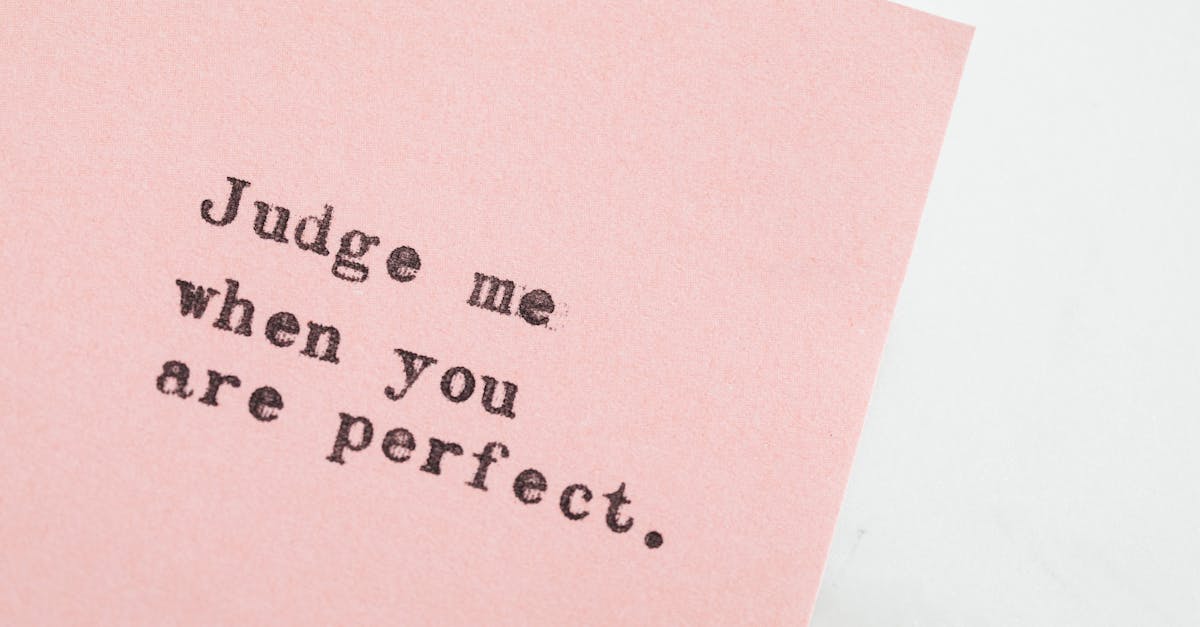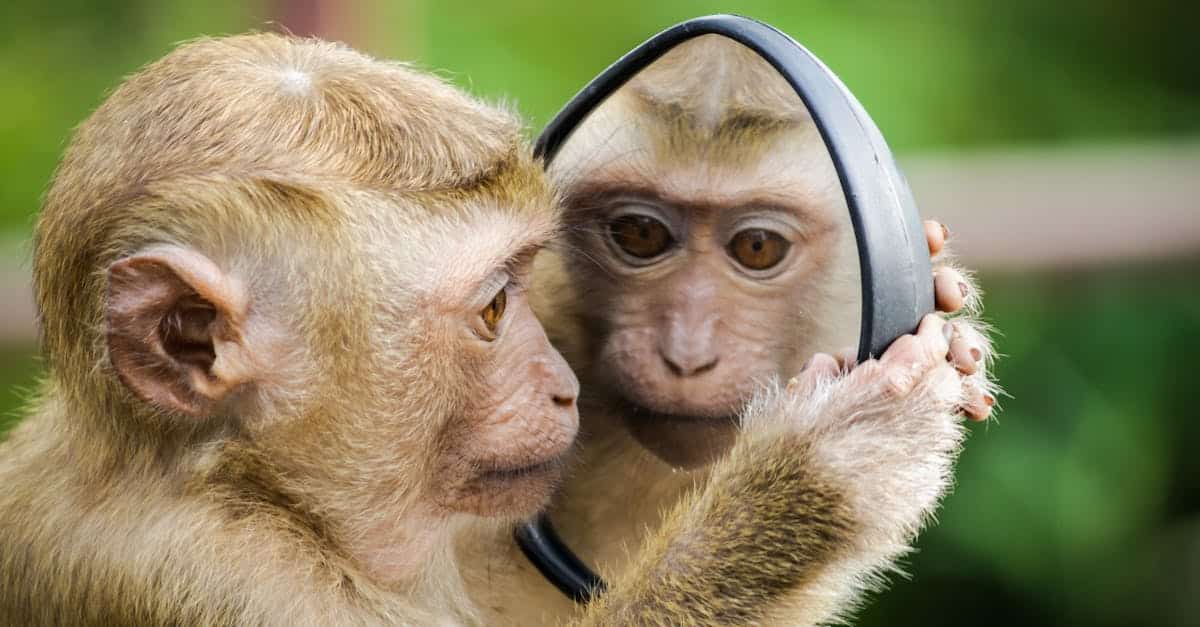Have you ever discovered your personality type? Do you know what MBTI and the Enneagram can reveal about you? These two fascinating tools open doors to a better understanding of oneself.
The human personality is a complex and captivating universe. The MBTI and the Enneagram are among the most popular methods for exploring this richness. Each offers a unique approach, revealing different facets of our motivations and behavioral patterns. By combining these tools, you can gain a more complete view of your strengths and areas for development. Together, they provide valuable perspectives for improving your relationships and optimizing your personal growth. Let’s dive into this universe to discover what each can bring to your journey.

The MBTI (Myers-Briggs Type Indicator) and the Enneagram are two powerful tools for self-understanding. The MBTI is based on cognitive preferences, identifying 16 personality types through four dichotomies: Introversion/Extraversion, Intuition/Sensation, Thinking/Feeling, and Judging/Perceiving. This tool is particularly effective for understanding how we perceive the world and make decisions, thus facilitating both professional and personal interactions.
On the other hand, the Enneagram explores deep motivations and behavioral patterns by identifying nine personality types. It focuses on emotional aspects and personal transformation dynamics, offering a more introspective and spiritual perspective. The Enneagram allows discovery of underlying fears and desires, fostering deep personal growth.
When comparing the two, the MBTI excels in analyzing behavioral preferences and communication styles, while the Enneagram offers a more nuanced understanding of internal motivations and defense mechanisms. Together, they provide a comprehensive vision of personality, combining the cognitive structure of the MBTI with the emotional depth of the Enneagram, thus enriching self-knowledge and interpersonal relationships.

Understanding one’s own personality is a crucial issue in personal and professional development. Among the most popular tools, the MBTI and the Enneagram stand out for their distinct and complementary approaches. These two systems offer enriching perspectives for exploring the deeper dimensions of our being. While the MBTI is based on cognitive preferences, the Enneagram delves into emotional motivations. In this article, we will analyze the effectiveness of each of these tools in the quest for self-knowledge, highlighting their strengths and limitations. We will also explore how they can be used together for a more holistic understanding of personality.
Introduction to the MBTI
The MBTI (Myers-Briggs Type Indicator) is a personality assessment tool based on Carl Jung’s theory of psychological types. It identifies 16 personality types from four dichotomies: Introversion/Extraversion, Intuition/Sensation, Thinking/Feeling, and Judging/Perceiving. Each individual is assigned a type that reflects their natural preferences in behavior and decision-making. This approach is widely used in professional settings to enhance communication and team dynamics. For example, understanding the differences between an Extraverted type and an Introverted type can facilitate collaboration and strengthen interpersonal relationships.
Introduction to the Enneagram
The Enneagram is a personality model that describes nine fundamental types, each associated with behavioral patterns, deep motivations, and underlying fears. Unlike the MBTI, the Enneagram focuses more on emotional and psychological aspects, offering a more intimate understanding of personal dynamics. Each type has three instinctual subtypes, such as Type One with its survival, social, and one-on-one variants. This granularity allows for detailed and personalized analysis, thus fostering profound personal and spiritual transformation.
Objectives and Comparative Approaches
The objectives of the MBTI and the Enneagram differ significantly. The MBTI aims to identify cognitive and behavioral preferences to facilitate communication and optimize teamwork. In contrast, the Enneagram seeks to unveil internal motivations and emotional dynamics that influence our actions and relationships. For example, while the MBTI can help determine if a person prefers to work in a structured or flexible manner, the Enneagram can reveal why a person reacts defensively in stressful situations. These complementary approaches provide a more complete view of human personality, addressing both rational and emotional aspects.
Structural Differences
Structurally, the MBTI and the Enneagram rest on distinct theoretical frameworks. The MBTI is based on binary dichotomies to establish 16 personality types, while the Enneagram identifies nine main types with additional subtypes. This fundamental difference prevents any direct correspondence between the two systems. For example, an INTJ type from the MBTI has no unique equivalent in the Enneagram. Additionally, the MBTI focuses on perceptual and judgment preferences, whereas the Enneagram explores deep motivations and defense mechanisms. These divergences make each tool unique in its approach to self-understanding.
Trends Observed between MBTI and Enneagram
Although the MBTI and the Enneagram are distinct, certain trends can be observed between the two systems. For example, individuals of Type 5 in the Enneagram, often associated with introversion, may correspond to MBTI profiles of INTP or INTJ. Similarly, Type 2, relationship-oriented, frequently appears in extraverted profiles like ENFJ or ESFJ. However, these correspondences remain general and should not be considered strict rules. Each system offers a unique perspective that enriches the overall understanding of personality.
Subtypes and Cognitive Nuances
One of the strengths of the Enneagram lies in its subtypes, which combine the nine main types with three dominant instincts: survival, social, and one-on-one. These distinctions add an additional depth to personality analysis. For instance, a Type 7 with a dominant survival instinct might prioritize practical and concrete solutions, aligning with a sensory preference in MBTI, as suggested by a recent study. These nuances allow for a finer and more personalized understanding, illustrating why direct correspondences between the systems remain limited.
Practical Applications: Which to Choose?
In terms of practical applications, the choice between the MBTI and the Enneagram depends on personal and professional objectives. The MBTI is particularly useful for optimizing communication and teamwork by identifying each person’s cognitive strengths. For example, a team composed of different MBTI types can better distribute tasks based on individual skills. On the other hand, the Enneagram, with its focus on deep motivations, is ideal for exploring emotional patterns and fostering personal transformation. For those looking to understand internal dynamics and improve their personal development, the Enneagram offers valuable insights.
Complementarity between MBTI and Enneagram
Rather than viewing them as alternatives, it is beneficial to consider the MBTI and the Enneagram as complementary tools. The MBTI provides a solid foundation for understanding behavioral preferences and communication styles, while the Enneagram dives into deep motivations and emotional dynamics. Together, they offer a more comprehensive overview of personality, allowing for better self-understanding and understanding of others. For example, combining insights from both systems can help build solid relationships, as described in the coaching program.
In summary, the MBTI and the Enneagram provide unique and complementary perspectives in the understanding of oneself. The MBTI, with its structured approach to cognitive preferences, facilitates communication and teamwork, while the Enneagram, by exploring deep motivations, fosters personal and spiritual transformation. To make the best use of these tools, it is advisable to use them complementarily, integrating their respective strengths. Whether you are looking to improve your professional relationships or deepen your personal understanding, combining the MBTI and the Enneagram can enrich your development journey.

“`html
FAQ
Q: What is the main difference between the MBTI and the Enneagram?
A: The MBTI focuses on cognitive preferences, while the Enneagram explores deep emotional motivations.
Q: Are the MBTI and Enneagram complementary?
A: Yes, they provide unique perspectives on personality and can be used together for a more complete understanding.
Q: Can connections be made between the MBTI and the Enneagram?
A: Although they use different theoretical frameworks, some general trends can be identified between the types of the two systems.
Q: Which tool is preferable for personal development?
A: It depends on your objectives; the MBTI is useful for communication preferences and teamwork, while the Enneagram fosters personal transformation.
Q: Do MBTI types directly correspond to Enneagram types?
A: No, the two systems use different theoretical bases and cannot be directly correlated.
Q: How do the Enneagram subtypes enrich the understanding of personality?
A: They add an extra layer by combining the nine main types with dominant instincts, allowing for better individualization.
Q: What is the benefit of using both the MBTI and the Enneagram?
A: Using both tools allows for exploration of both cognitive preferences and emotional motivations, providing a more complete picture of oneself.
Q: How does the Enneagram differ from more traditional approaches to personality?
A: The Enneagram explores deep motivations and unconscious emotional dynamics, unlike approaches that primarily focus on visible traits.












